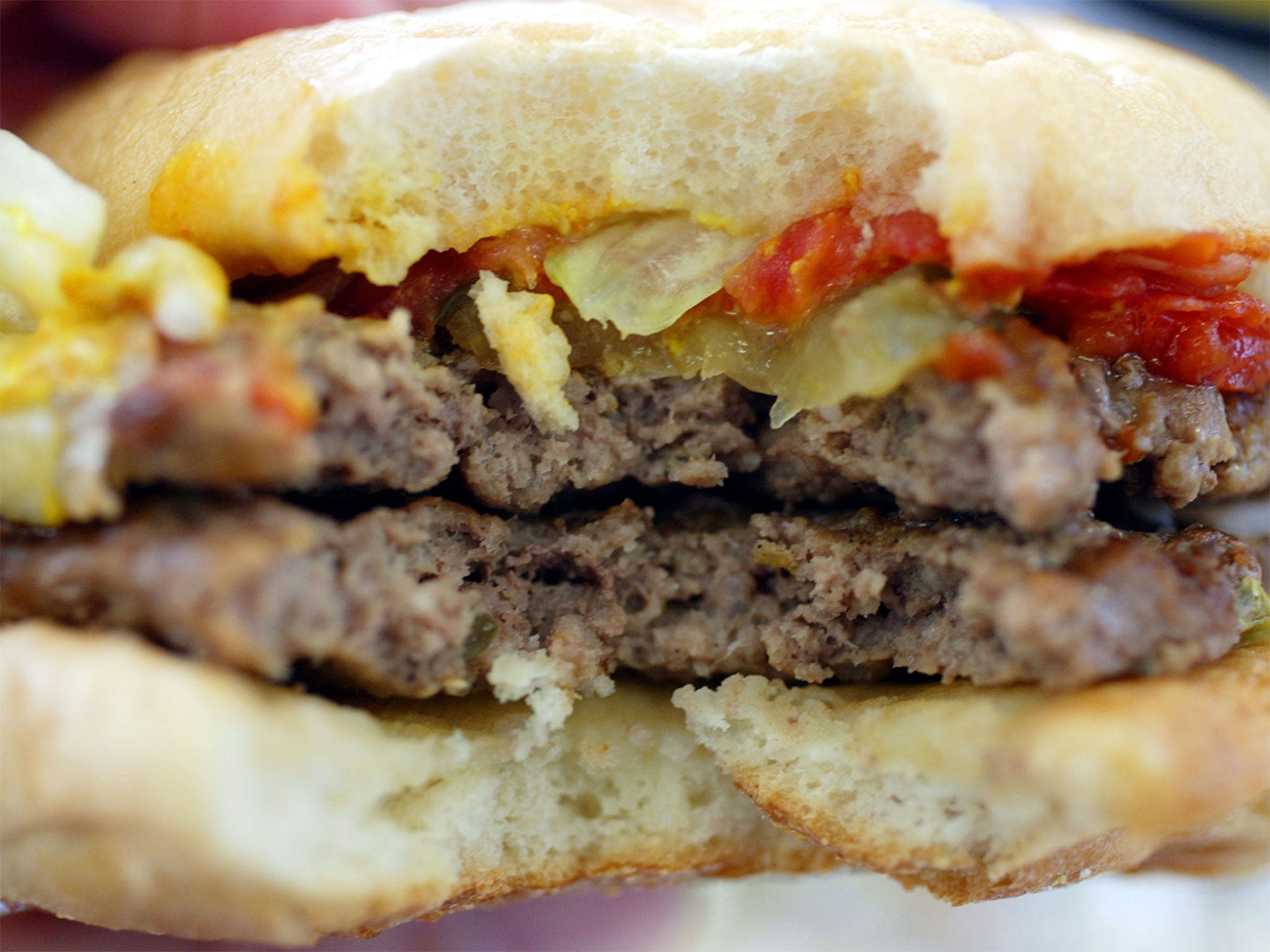Hunger in the US affects highest number of people since the 1970s
Over 40 million Americans depend on food stamps, living on a diet worth $3-4 per day

Your support helps us to tell the story
From reproductive rights to climate change to Big Tech, The Independent is on the ground when the story is developing. Whether it's investigating the financials of Elon Musk's pro-Trump PAC or producing our latest documentary, 'The A Word', which shines a light on the American women fighting for reproductive rights, we know how important it is to parse out the facts from the messaging.
At such a critical moment in US history, we need reporters on the ground. Your donation allows us to keep sending journalists to speak to both sides of the story.
The Independent is trusted by Americans across the entire political spectrum. And unlike many other quality news outlets, we choose not to lock Americans out of our reporting and analysis with paywalls. We believe quality journalism should be available to everyone, paid for by those who can afford it.
Your support makes all the difference.Film director Lori Silverbush has spoken out on hunger in the US and says it is still a massive problem three years after making a documentary on the subject.
The US faces staggering statistics on food poverty - the highest under the current government administration since the 1970s when hunger was almost eradicated in the US. One in six Americans are hungry, while 30% of Americans are described as “food insecure” - meaning they can’t guarantee they can always put food on the table.
Mrs Silverbush’s film “A Place At The Table”, which she co-directed alongside Kristi Jacobsen, reveals that 44 million Americans rely on food stamps, which are worth around $3 to $4 per day.
Insufficient funds mean that people can’t afford to buy fresh fruit or vegetables, which have gone up in price by 40% since the obesity crisis began, according to author Marion Nestle, and instead they rely on cheap, processed foods.
As a result, obesity and poverty “are neighbours”, said End Hunger Network founder Jeff Bridges.
Speaking at the Brooklyn Historical Society on Tuesday evening, Mrs Silverbush said her “blood boiled” when she realized that food poverty is a result of politics. The government has spent $0.75 trillion since 1995 on subsidies to wealthy agriculture companies that are responsible for processed foods, a policy that started during the Great Depression of the 1930s.
“We didn’t know there was hunger in every county or that there were millions of working families that were hungry,” she said. “Malnutrition and hunger cause a cascade of terrible, life-long consequences for kids.”
The film also revealed that one in three children born in the year 2000 will be diagnosed with type 2 diabetes.
Hunger is expensive. It costs the US government $167 billion a year, according to the film.
One interviewee, Barbie Izquierdo, lives in Philadelphia with two children, and her food stamps were taken away once she secured full time employment, leaving her without enough money to feed her family.
“Define starving,” she said. “Are you starving if you don’t eat for a day?“
Join our commenting forum
Join thought-provoking conversations, follow other Independent readers and see their replies
Comments